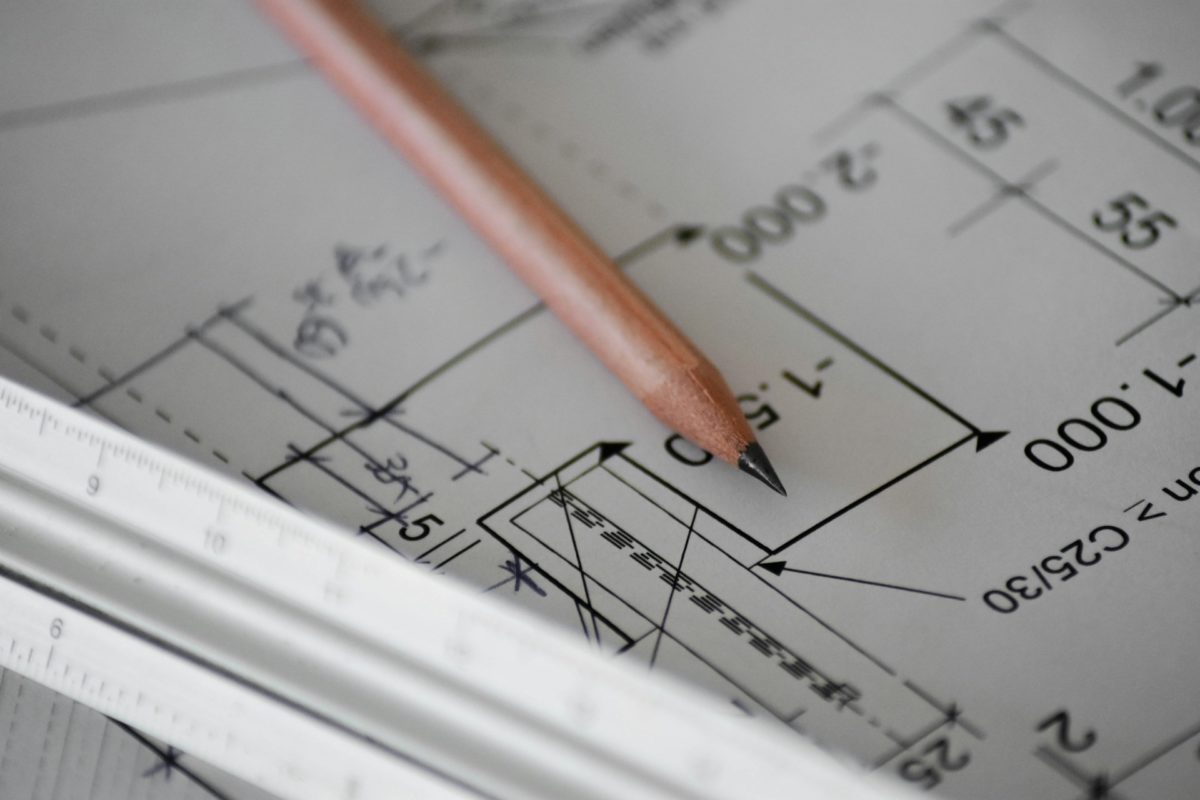It is commonly believed that effective acoustic insulation requires the use of traditional building technologies characterized by solid, thick walls. However, modern approaches are capable of achieving equally impressive acoustic parameters. Physical phenomena and their understanding ultimately influence the acoustics of a building.
According to the physical law of mass, the acoustic insulation of a partition increases by 6 dB when its mass is doubled or when the frequency of the sound is doubled. Therefore, when selecting a building material for a partition, it is advisable to choose one with the highest possible surface mass. Popular choices include reinforced concrete for homogeneous partitions and hollow blocks or concrete blocks for masonry partitions.
But what about lightweight technologies such as frame structures?
The solution lies in a structure based on the mass-spring-mass principle. For the simplest example, it could be a construction consisting of: a wall – polyurethane foam insulation – gypsum board. Such a “sandwich” absorbs and dampens sounds and vibrations, and its effectiveness may be higher than that of a massive partition of the same thickness. With an increase in the surface mass of the outer coverings and a diversity and greater thickness of the used spring, the insulation effectiveness of the entire structure significantly increases.

